Speaker
Description
The capabilities of ab initio many-body calculations for nuclear structure and reactions have expanded dramatically within recent years. We have seen first converged calculations for nuclei as heavy as Pb208, a first attempt at a mass table up to the iron region, as well as studies of fusion and reactions of light nuclei that are of astrophysical importance. Efforts are now focusing on nuclei with complex intrinsic deformation. The progress in many-body theory has been accompanied by advances in surrogate modeling that have opened up the door for large-scale parameter exploration and statistical uncertainty quantification. These developments are crucial for meaningful comparisons with experiments not only as facilities like FRIB push the boundaries of the nuclear chart, but also as ab initio nuclear theory inputs play an increasingly important role in precision fundamental symmetry research, for instance. In this talk, I will give a brief overview of the rich landscape of ab initio nuclear many-body theory, highlight key developments and achievements, and touch upon the challenges the community is facing in the years to come.

